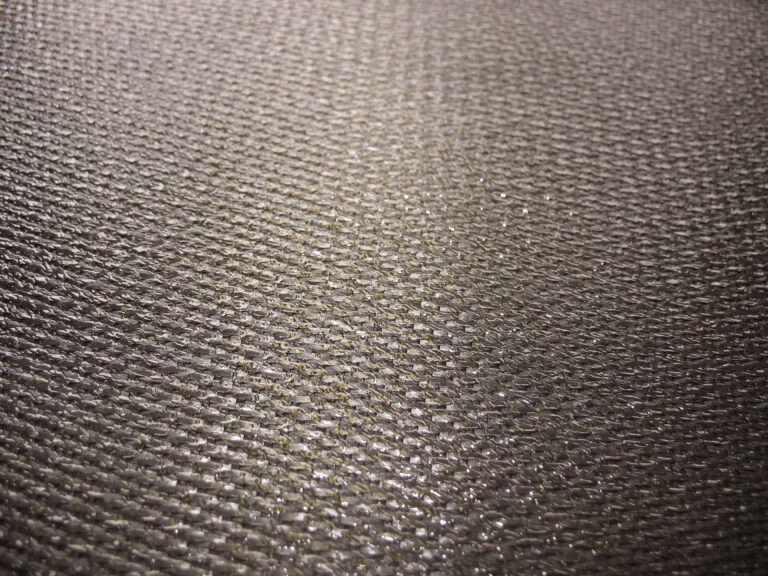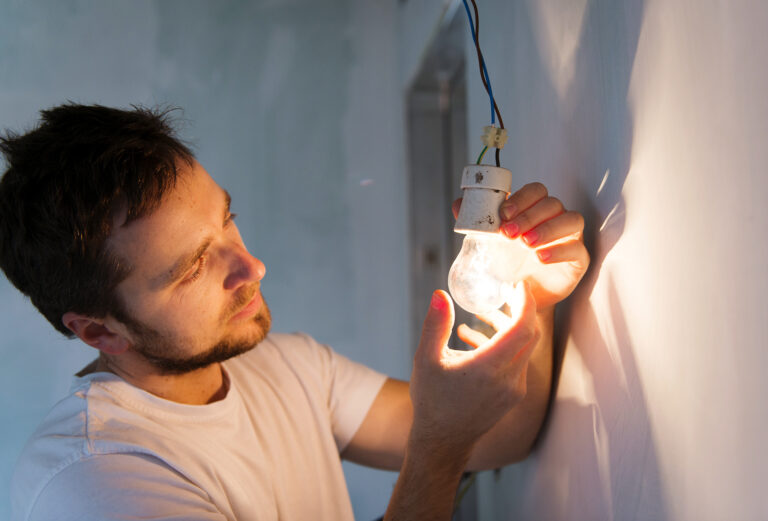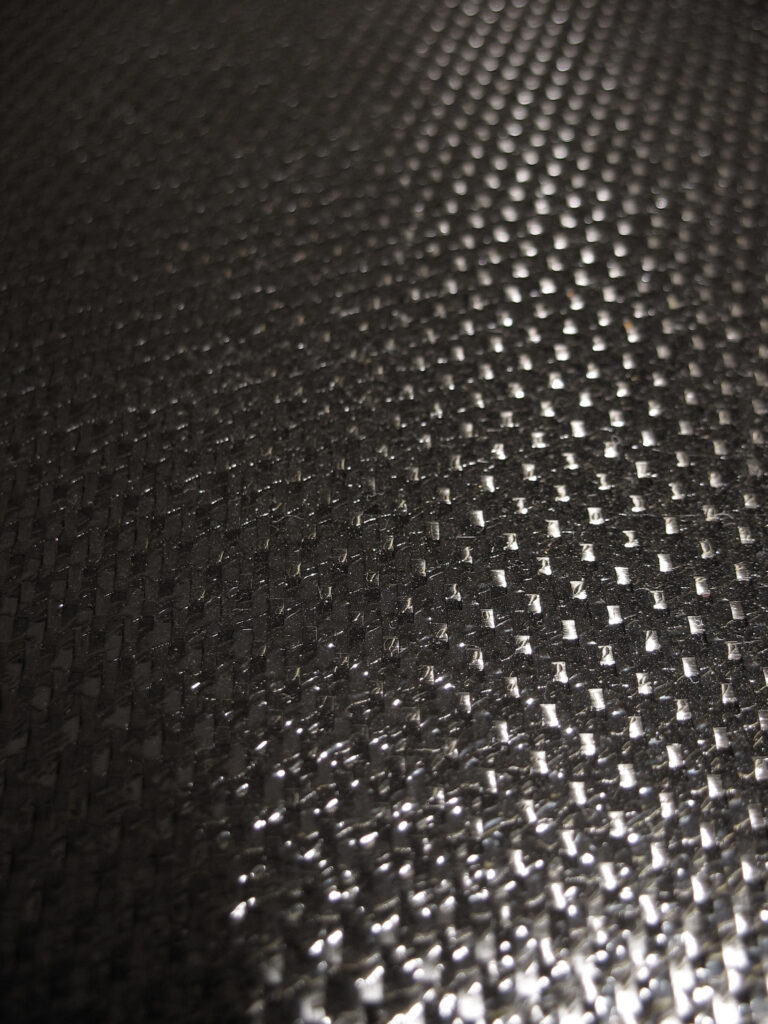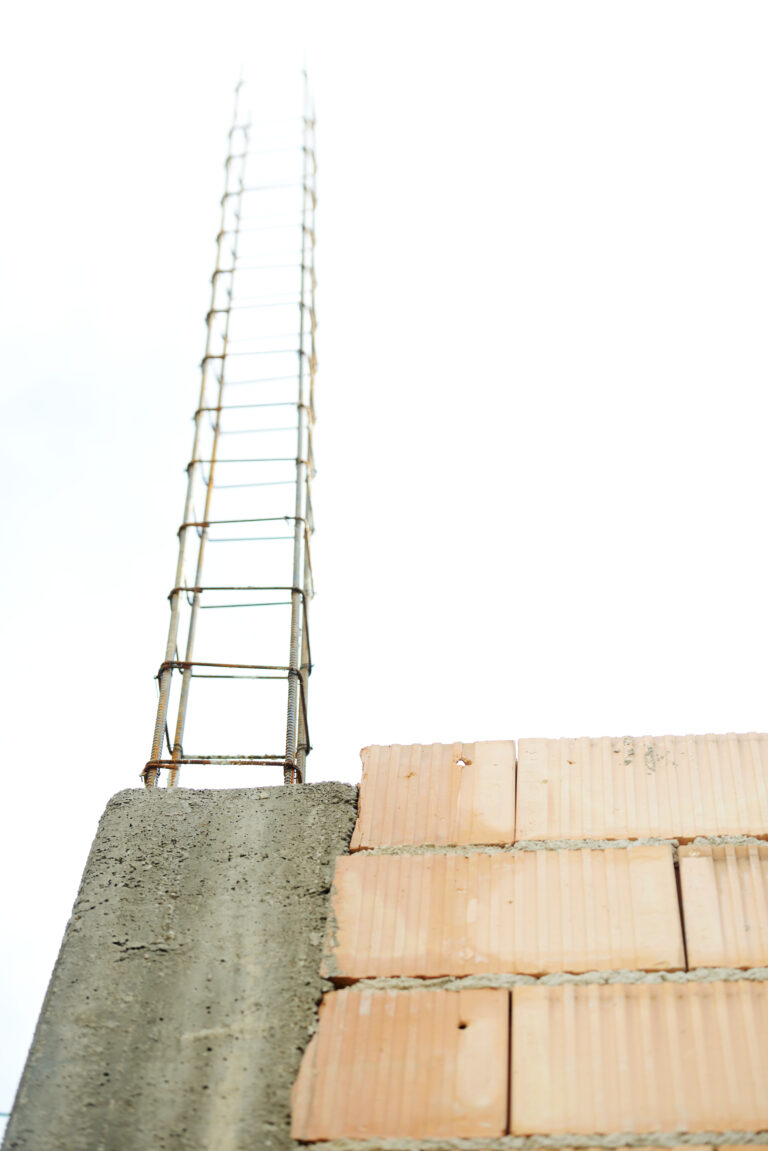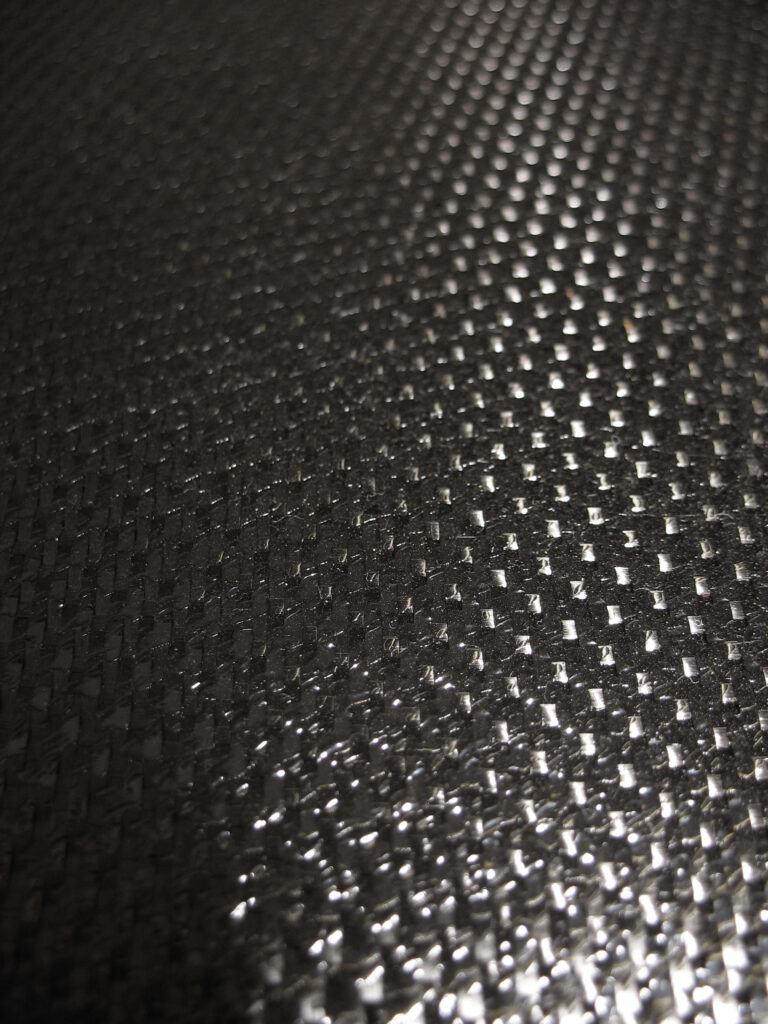Natural Ways to Get Rid of Mold: DIY Solutions That Work
Mold is a common problem that can affect any home or building. It’s not only unsightly but also poses significant health risks, especially for people with allergies and respiratory problems. In this article, we will discuss natural ways to get rid of mold yourself using DIY solutions that work.
Introduction to Mold and its Dangers
Mold is a type of fungus that grows in damp areas, such as bathrooms, kitchens, basements, and attics. When exposed to moisture, molds release spores into the air, which can cause allergic reactions, asthma attacks, and other respiratory issues. Some types of mold are even toxic and can lead to serious health problems if ingested or inhaled.
DIY Solutions for Removing Mold
There are several DIY solutions you can use to remove mold from your home. Here are some effective methods:
1. Vinegar and Baking Soda – Mix equal parts vinegar and baking soda to create a paste. Apply it on the affected area and let it sit for at least 30 minutes before wiping it off with a clean cloth. Repeat until the stains disappear.
2. Tea Tree Oil – Tea tree oil has antifungal properties that make it an excellent remedy for removing mold. Mix a few drops of tea tree oil with water and apply it directly onto the moldy surface. Let it dry completely before painting over it.
3. Borax – Borax is another powerful cleaner that can help eliminate mold growth. Mix borax powder with warm water to form a thick paste. Apply it on the affected area and leave it for several hours before rinsing it off thoroughly.
4. Hydrogen Peroxide – Hydrogen peroxide is a potent disinfectant that can kill mold spores effectively. Mix one part hydrogen peroxide with two parts water and apply it directly onto the moldy surface. Leave it for about 15 minutes before wiping it off with a clean cloth.
Preventing Mold Growth in Your Home
The best way to prevent mold growth is by controlling excess moisture in your home. Here are some tips to prevent mold from growing:
1. Fix leaks immediately – Leaks in pipes, roofs, and windows can cause water damage and promote mold growth. Make sure to fix them promptly to avoid further damage.
2. Improve ventilation – Poor ventilation can lead to high levels of humidity, creating ideal conditions for mold growth. Use exhaust fans in bathrooms and kitchens to improve air circulation.
3. Clean regularly – Regular cleaning can help prevent mold buildup. Wipe down surfaces prone to mold growth, such as shower walls and ceiling corners, with a mixture of bleach and water.
FAQs About Getting Rid of Mold
Here are answers to frequently asked questions about getting rid of mold:
1. How do I know if I have mold? – Look out for signs of mold growth, such as visible patches of green or black substance, musty odors, and peeling wallpaper. If you suspect there might be mold behind walls or under flooring, consider hiring a professional inspector to confirm the presence of mold.
2. Can I paint over mold? – Painting over mold without properly treating it first can make matters worse. The mold may continue to grow beneath the painted surface, leading to further damage. Always treat mold first before painting over it.
3. What should I wear when dealing with mold? – When handling mold, it’s essential to protect yourself against exposure. Wear gloves, goggles, and a mask to prevent inhaling mold spores.


